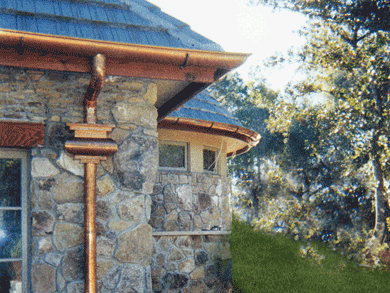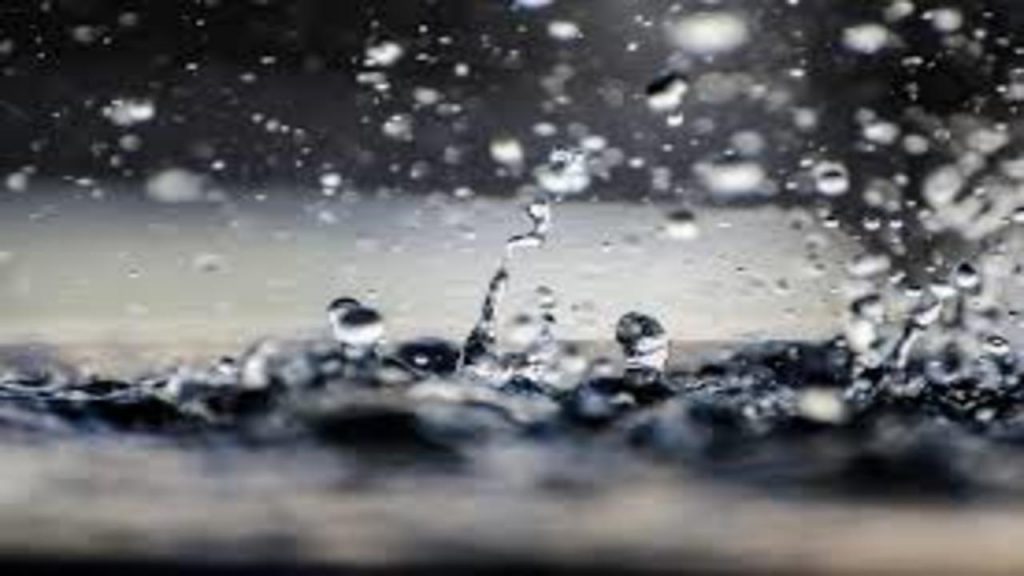
Summary
– Gutter collector
– Components of Gutter downspout
– Gutter downspout: evacuation or recovery?
A gutter system is made up of elements each contributing to the good collection of rainwater:
– the horizontal collection system,
– the sealing elements of the gutter,
– gutter hooks,
– gutter connections,
– gutter downspouts or vertical gutter chains,
– the gutter collector whose role is to connect the downspout to a rainwater recuperator.
Gutter collector: rainwater recuperator

When it rains, the rainwater collected by the gutter flows down the house through a downspout or gutter chain.
In the case of a downspout, the water can be conveyed:
– to a water evacuation system,
– to a rainwater recovery system: cistern, bin, etc.
The collector is a simple pipe that is attached to the downspout and connected to a storage tank.
The water that falls down the downspout is diverted by the collector and filtered before being stored. In the event of an overflow, the excess water continues its course towards the rainwater drainage system.
Economical and ecological
Caution: the water collected is not drinkable even if it is filtered.
The gutter collector allows you to make important savings because it allows you to recover 80 to 90% of rainwater for:
– gardening,
– wash your car…
Thanks to this process, the consumption of potable water is reduced: a true gesture of sustainable development!
Components of Gutter downspout
The gutter downspout carries the rainwater down; it connects the gutter to the collector.
It should allow for optimal drainage since leaves, branches and other solid bodies are often carried along with the water.
Here is a summary table of the different components of the downspout:
Gutter downspout
|
Components |
Features |
|---|---|
|
|
|
Descending elbows |
|
|
Sleeves or rings |
|
|
Connection basins |
|
|
Clamps or fasteners |
|
|
Gutter protection elements |
Toad mouth, and gutter leaf stopper. |
Gutter downspout: evacuation or recovery?
Rainwater must be conveyed via a gutter collector:
– or to a drainage system,
– or a water recovery system.
Failure to drain or recover water may eventually and seriously damage the foundations of your building.
The location of eavestrough downspouts is dictated by the location of manholes around your home.
The number of downspouts depends on the configuration of the different sections of your roof, their surfaces and layout and should be carefully considered when installing the eavestrough.
We hope that the essential information in this post will help you make the right choices for your eavestroughs. For even more advice on purchasing, installation and maintenance, please contact Brunswick Roofing Supplies.

3 Replies to “What Are Gutter Collector and Gutter Downspout Used For?”